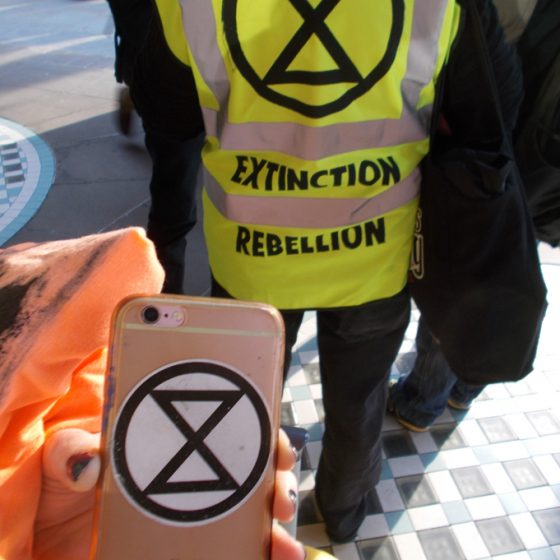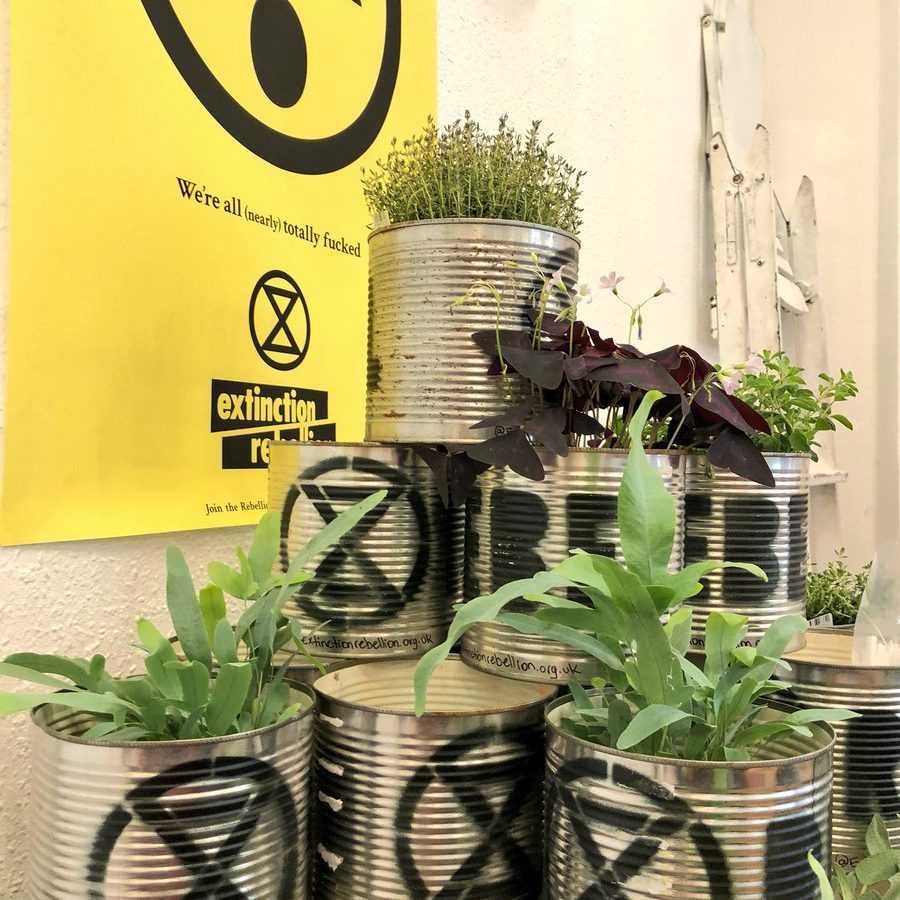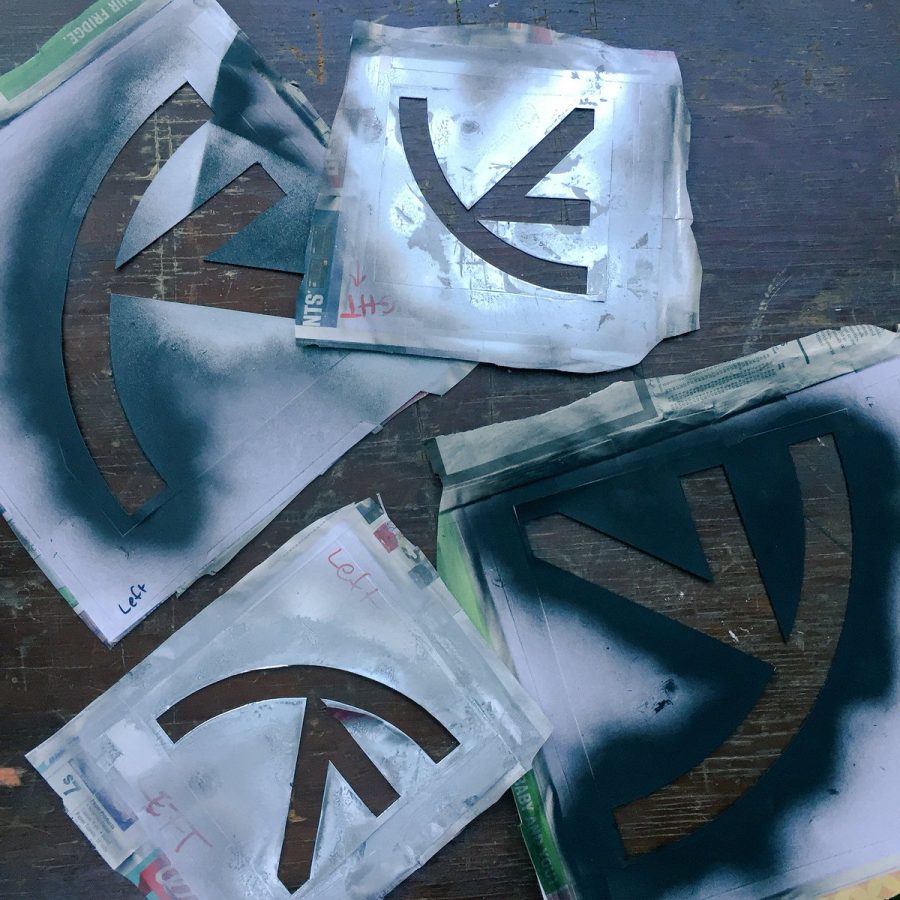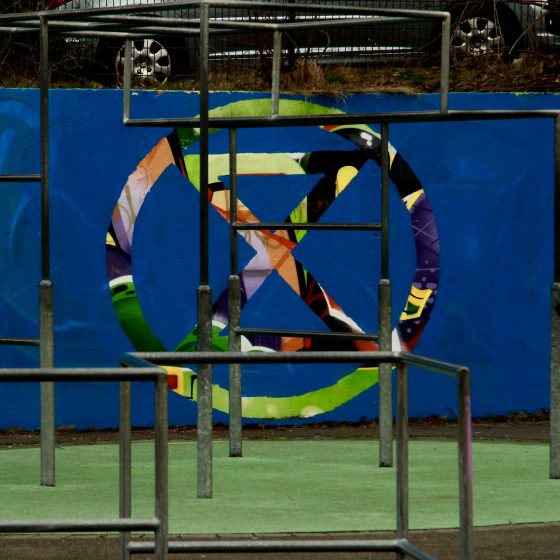Very honoured and excited to have the website I designed and built for Juliette Mitchell shortlisted for the Archiboo Awards 2022!
Our site https://architypal.co.uk/ has been shortlisted for best consultant … never been up for an award before, though it would help if I actually entered one. So thanks Juliette for being a great client and so easy to work with and entering our project for Archiboo 2022 … fingers crossed!














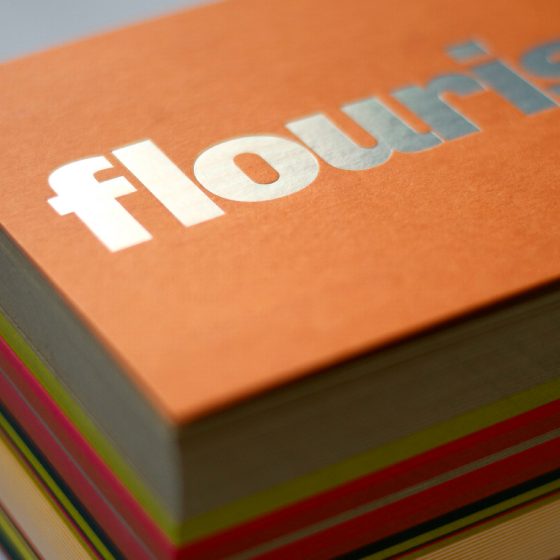

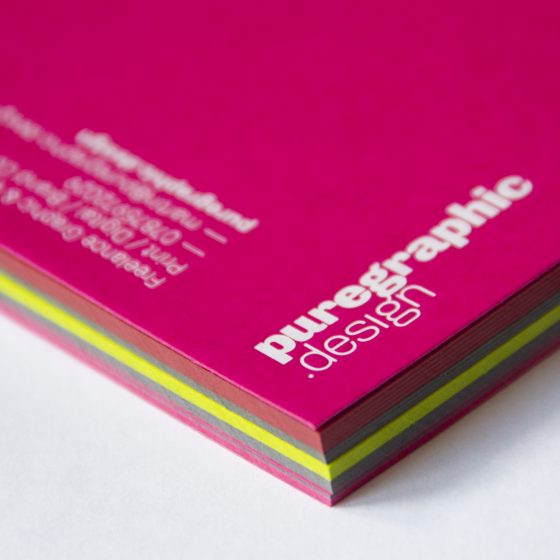
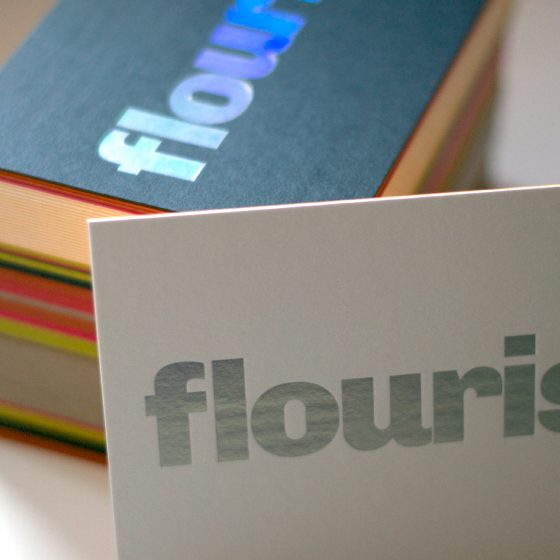

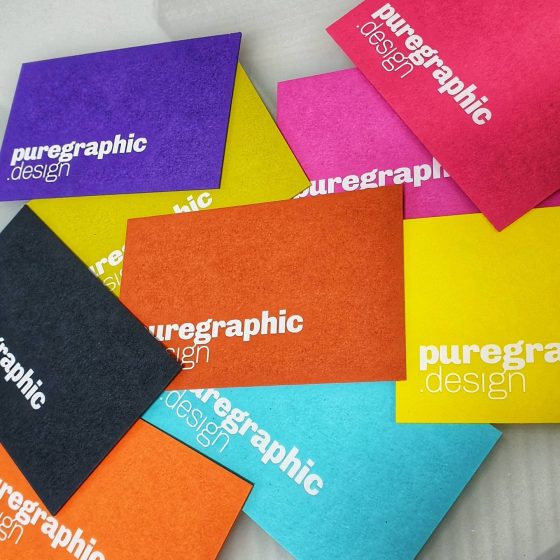
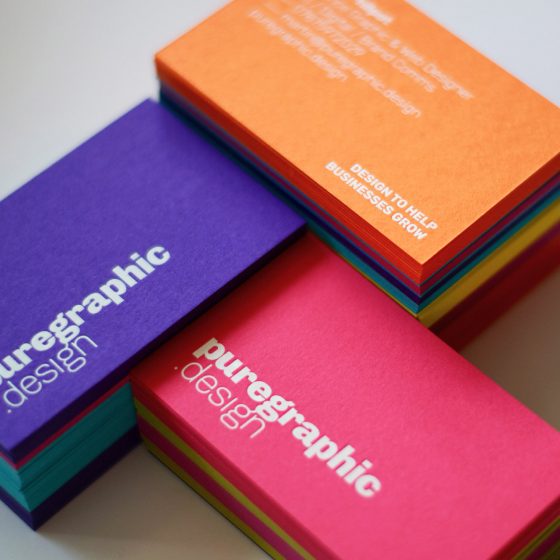











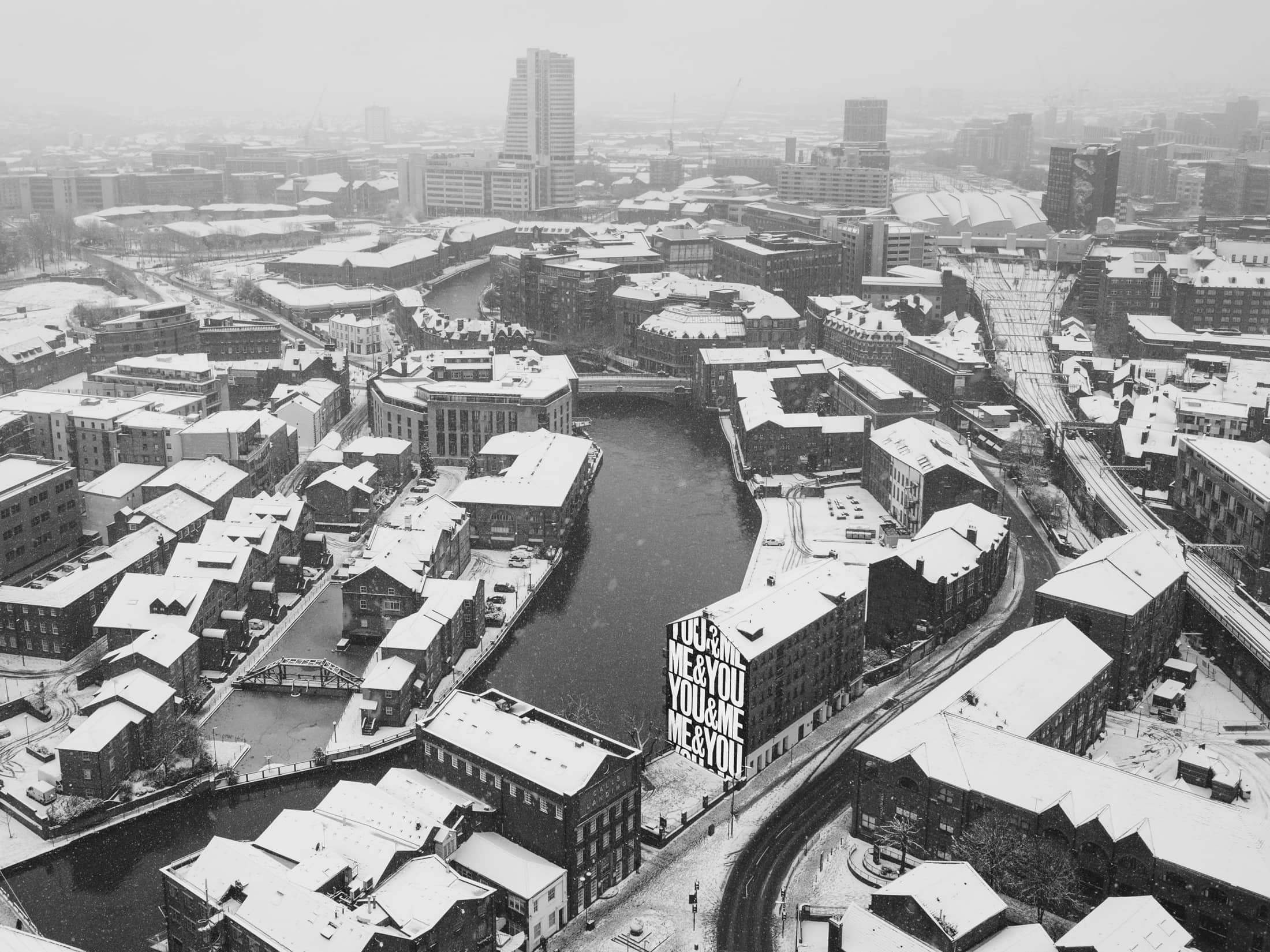
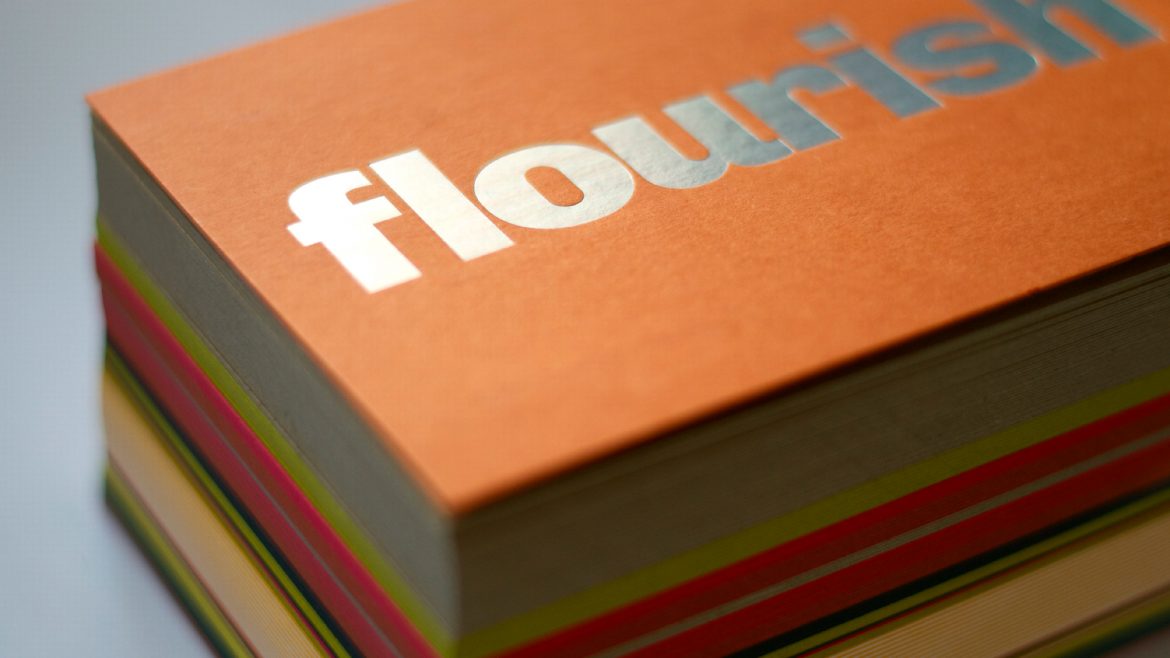

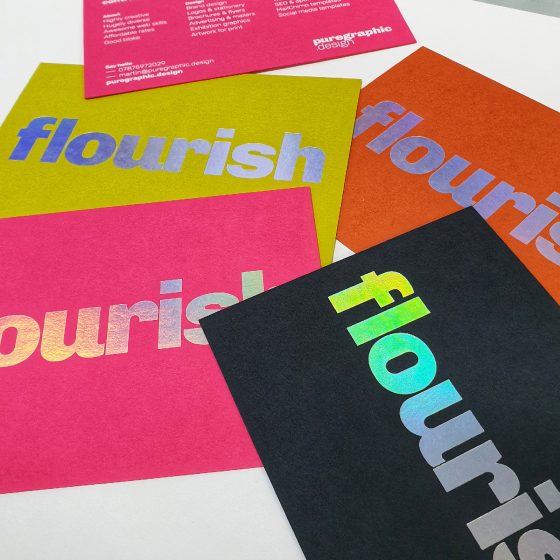




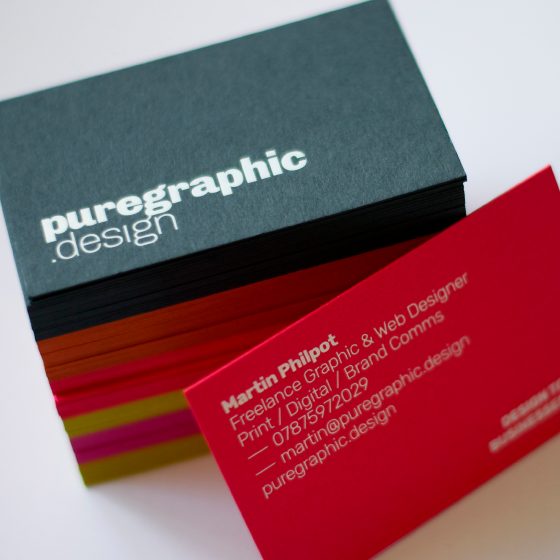





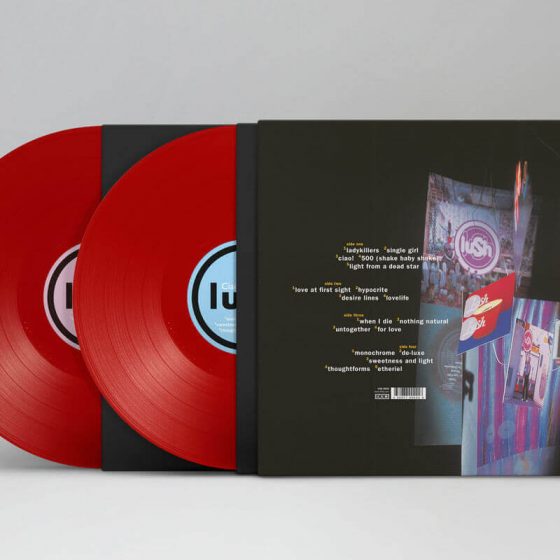


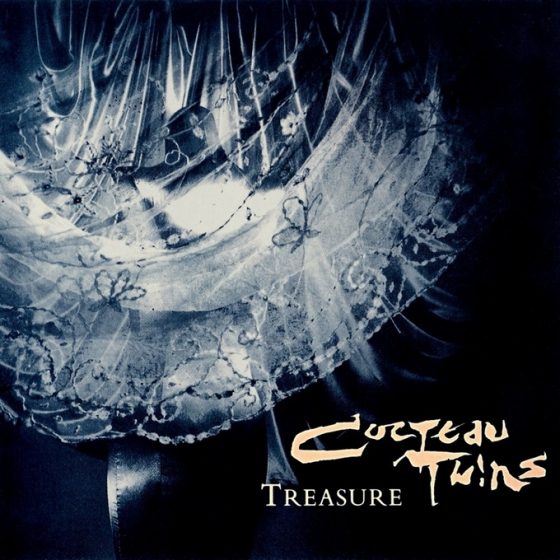


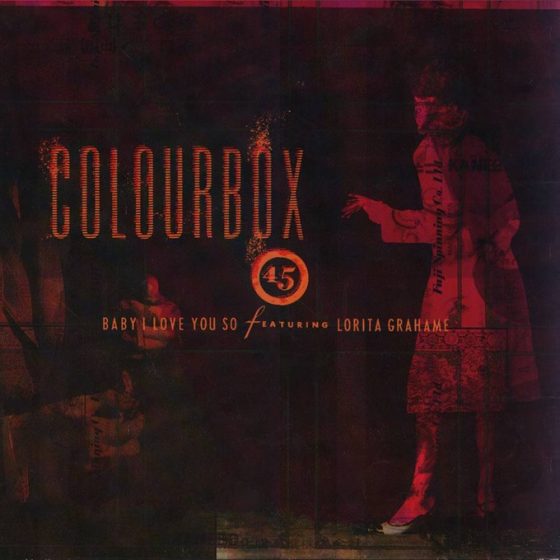









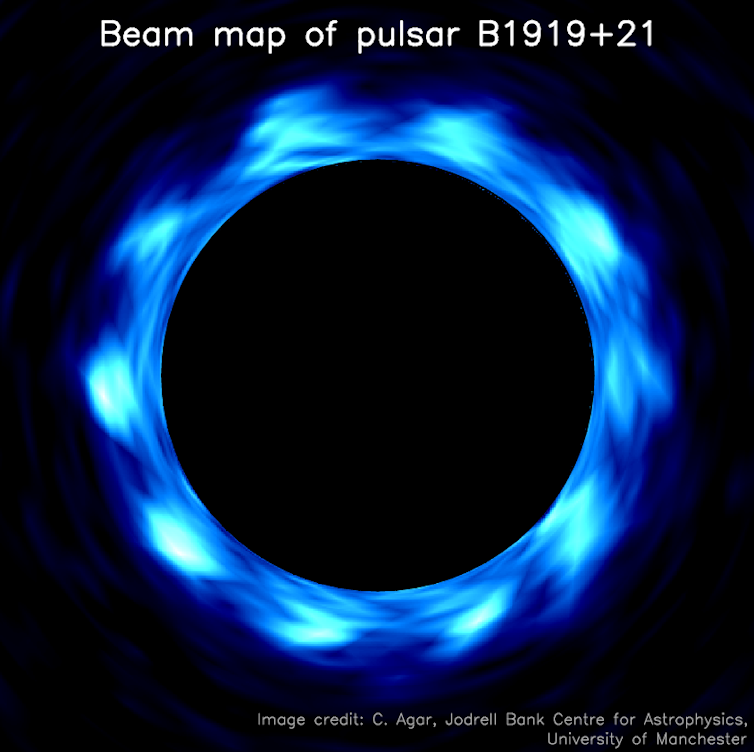
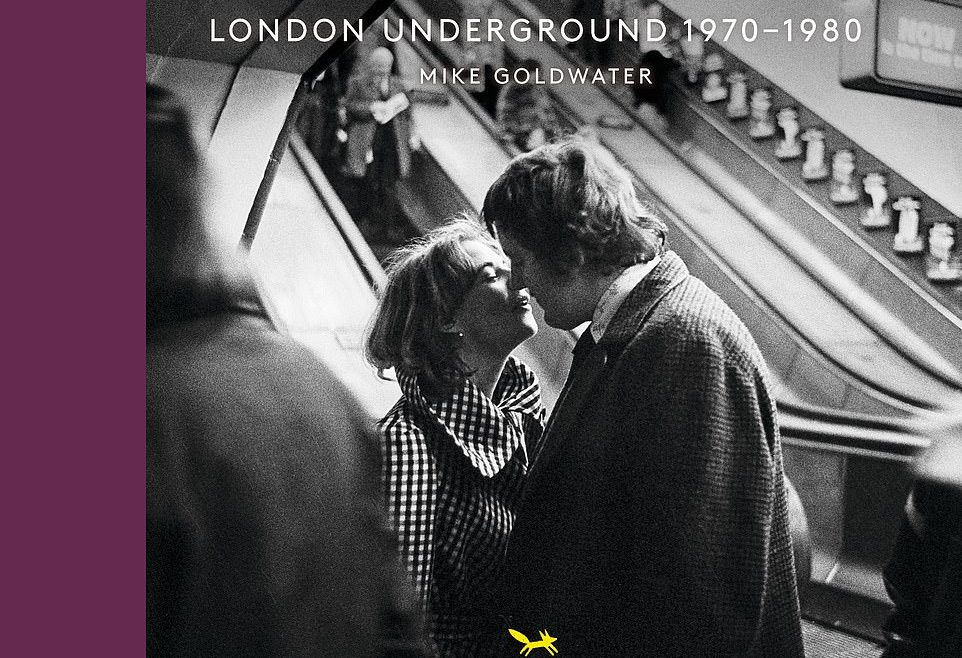







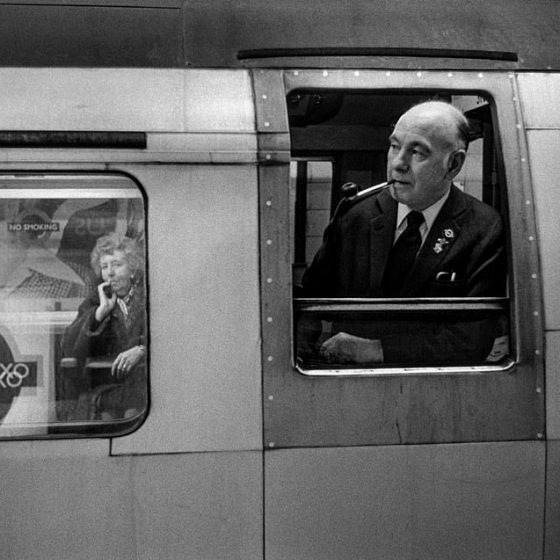
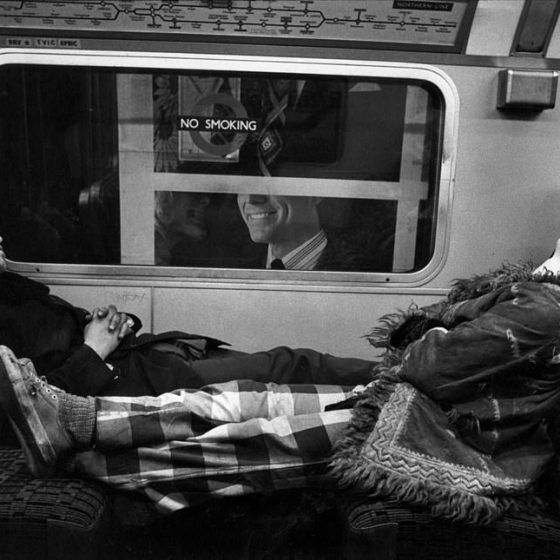



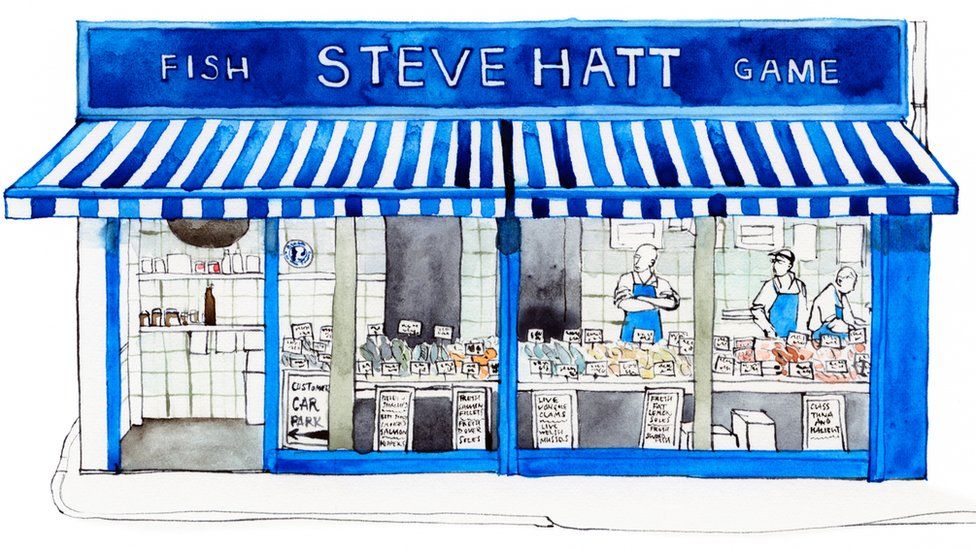
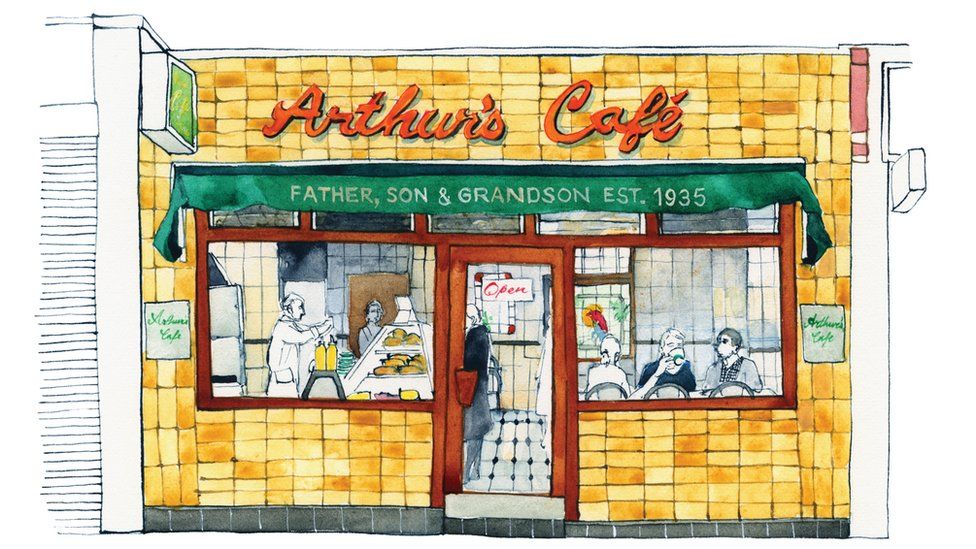 Arthur Woodham opened his own café in 1948, having previously worked in his father’s cafe of the same name just down the road.
Arthur Woodham opened his own café in 1948, having previously worked in his father’s cafe of the same name just down the road. Tucked under a railway arch near the Tower of London, this legendary eel, fish and shellfish shop attracts hordes of East Enders, eager for eels freshly boiled on the premises.
Tucked under a railway arch near the Tower of London, this legendary eel, fish and shellfish shop attracts hordes of East Enders, eager for eels freshly boiled on the premises.












